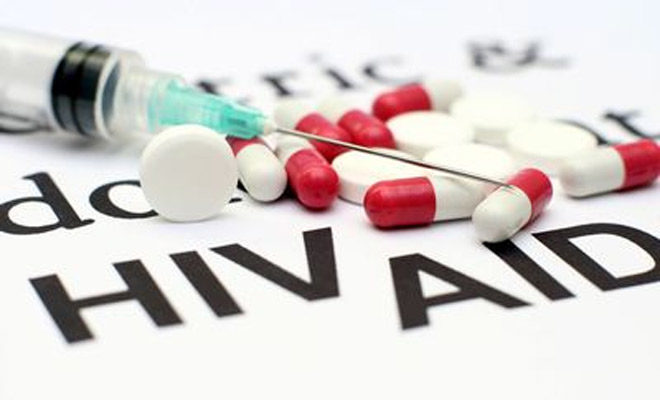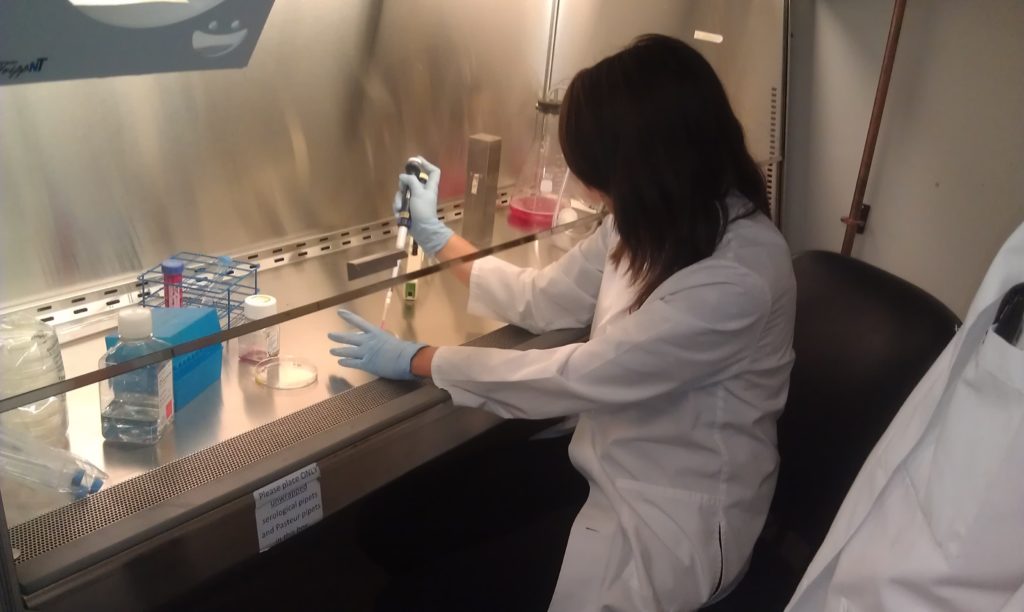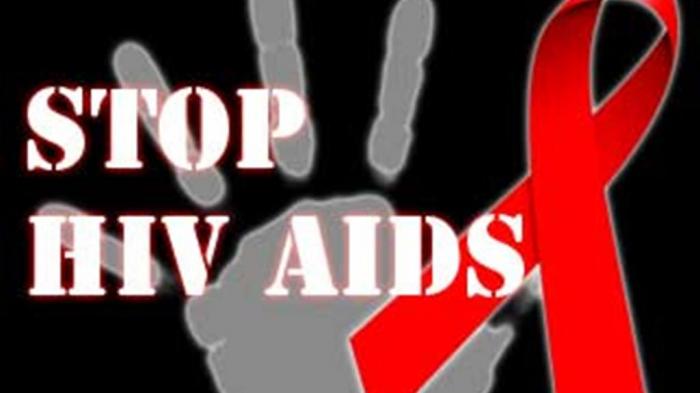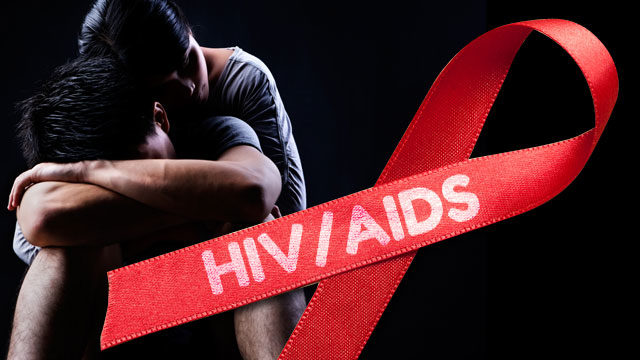HIV is a virus that causes a disease called AIDS (Acquired Immunodeficiency Syndrome). HIV infection affects the immune system, that is to say, the body’s natural defenses against disease. If left untreated, severe illness can occur; normally harmless infections, like the flu or bronchitis, can get worse and become very difficult to deal with or even lead to death. Moreover, the risk of cancer is also increased. What distinguishes HIV from other viruses is that it reaches the immune system by taking control of CD4 T cells. These have a role in coordinating the immune response when a virus is present. When HIV uses CD4 cells to spread, it damages and destroys them. In doing so, HIV mines within the immune system whose role is to fight.
AIDS Transmission
HIV is transmitted through bodily fluids: blood, semen, vaginal secretions, and breast milk. These body fluids transmit HIV if they are in contact with a zone that lets him in the body mucosa. Healthy skin is impervious to HIV. Most often, the virus contracted during unprotected sex or was in the past by sharing needles among injecting drug users. The risk of transmission through kissing with the exchange of saliva is zero. In most industrialized countries, reports of anal intercourse between men are the most important route of HIV transmission. However, the heterosexual transmission has risen sharply since the beginning of the epidemic.
HIV is not spread in the following ways:
We can not contract with a handshake, through sweat or tears. It is not carried by insects. the one does not contract on toilet seats or swimming in public pools, sharing food, or using the linen, towels, or phone from an infected person.

AIDS: The epidemic
In North America, the first signs of the epidemic emerged in the late 1970s; men who have sex with men (MSM) were the first affected. The HIV virus was isolated in 1983. The first antiretroviral, AZT, was discovered in 1987. The triple therapy, combining several drugs much more effectively, became available in the mid-1990s and antiretroviral therapy (ART) increasingly powerful suggests that young HIV-positive adults beginning treatment quickly can live up to 80 years or more. With these treatments, often to undetectable viral load, even if the virus is still not eradicated from the body.
About 35 million people worldwide are living with HIV. Two-thirds of them live in Africa sub-Saharan. In North America, 1.3 million people living with HIV in Western and Central Europe, 840 000, and in Sub-Saharan Africa 22.9 million. In France, 00 150 people living with HIV so 50,000 are not followed therefore untreated.
AIDS: More Follows
The number of HIV positive people is increasing worldwide, with 2.5 million new infections a year and 1.5 million deaths. This is due to the considerable improvement in the effectiveness of treatments. About 7,000 new diagnoses in France (2012 figures) of which almost half among MSM (men who have sex with men) and 3,000 AIDS deaths a year. In Canada, 71,300 people were living with HIV in 201136. An estimated 3175 the number of new infections in 2011. However, this underestimates the actual number of cases because estimated that 25% of Canadians infected with HIV are unaware of it.
HIV-AIDS is today a disease better and better dealt with. We now know that a person with HIV well-cared-after presents an extremely low risk of transmitting HIV during sex under certain conditions:
- The treatment is taken regularly
- It causes an undetectable viral load (or viral load below 50 copies/ml in plasma for more than 6 months and the last most recent test)
- Measurement of the viral load done regularly, at least every 3 or 4 months
- Both partners do not have a sexually transmitted infection.

AIDS Treatment
No treatment currently a cure for AIDS or eliminate HIV from the body, even when it becomes undetectable by tests. This does not mean that the virus is eradicated from the body. That said, with proper treatment, a person with HIV can now live longer. HIV infection has become a chronic disease. People with HIV are however likely to transmit HIV throughout their lives, especially if they are not treated well. Untreated HIV infection leads to AIDS and eventually death. The HIV infection is getting better care, certain high-risk populations release their prevention efforts.
Medical treatment of AIDS / HIV
Warning! People with HIV must always take precautions to avoid transmitting HIV. We also know that this is the case, as people carrying HIV in the population are mainly those who do not know their HIV status, hence the importance of screening. None of these treatments can cure the disease, but thanks to them, the majority of people with HIV can live a long time. In addition, the side effects of drugs are less troublesome than before. The treatments against HIV / AIDS have two main components: the immediate treatment with antiretroviral therapy (ART) and opportunistic diseases.
The antiretroviral treatment (ART)
HIV is usually treated with antiretroviral therapy (HIV is a retrovirus) highly active, a powerful combination of at least three drugs. These ARVs slow down the progression of HIV by attacking the virus to minimize the viral load, i.e the number of viruses (HIV) found in the blood. The price of the ART has significantly decreased to 139-172 dollars per year per person in 2013 or less for countries buying large quantities. This allows poorer countries to better address their HIV-positive residents. However, this price is that treatments called first-line treatments. In the case of resistance to treatment, there are second-line treatments more expensive and often not easily accessible to all, particularly in countries without private or public health insurance system.
There are several classes of antiretroviral drugs, and several slightly different molecules in each of them:
- Nucleoside reverse transcriptase (NRTI) (zidovudine or AZT, is part of this class of drugs, or abacavir, stavudine or d4T, ddI or didanosine, lamivudine or 3TC
- Non-nucleoside reverse transcriptase inhibitors (NNRTIs); for example, nevirapine, delavirdine, and efavirenz, rilpivirine, etravirine
- Protease inhibitors (PIs) as saquinavir, atazanavir, arunavir, lopinavir, ritonavir, nelfinavir, ritonavir, tipranavir.
- Entry inhibitors and fusion: Used later in the disease, when the patient has already taken several other drugs; e.g enfuvirtide or T20
- Integrase inhibitors. Used later in the disease, when the patient has already taken several other drugs. dolutegravir, raltegravir
- CCR5 inhibitors like maraviroc
AIDS Treatment: More Follows
Treatment is tailored to each person and it is a combination of several drugs. The goal of treatment is to get in 6 months an undetectable viral load. Most people treated with a combination of three drugs, and there are several possible choices based on efficacy, tolerance immediate or long-term living conditions of each. To be effective, treatment followed to the letter, that is to say, that we must take the tablets every day during the hours prescribed by the doctor, and be ready to adapt his lifestyle. Many of these medications are now available in one single daily dose. Treatment adherence is extremely important because it also prevents the occurrence of drug resistance (if the dosage of a drug drop in the body, increases the risk that the virus changes or mutates to “survive”).
Furthermore, we must find the best balance between the efficacy of treatment and maintain a good quality of life. The adverse drug reactions, important: fatigue, headache, loss of appetite, rash, diarrhea, etc. Unique tablets have emerged (e.g.: Atripla, Eviplera®, or Stribild® combining 4 molecules). Instead of taking 3 or 4 antiretroviral drugs, for example, these combined into one single tablet, taken 1 time per day.
Note: Researchers are working to create “therapeutic vaccines” that would help the immune system fight infection and this research forward since clinical trials are underway. THE purpose of these vaccines will boost immunity in HIV-positive people to help their body fight against HIV and opportunistic infections.

Canada and HIV: Info You Should Know About the Virus
If you think Canada is immune to the spread of HIV or AIDS, know that 73,000 Canadians are currently living with HIV; in 2001 the number was 49,000, according to data from the Canadian Foundation for AIDS Research. Here are 10 facts that every Canadian should know about it.
- Nearly a quarter of Canadians are currently infected with HIV are unaware that they are.
- Young Canadians are in total ignorance about this disease. According to the Foundation, the first two-thirds of high school students, half of those in the third and the third of graduates believe there is a treatment for AIDS.
- There is no cure for HIV or AIDS, and no vaccine to protect themselves. It can slow the progression of the disease by means of antiretroviral drugs but can not stop it or eliminate it.
- The rate of infection is increasing among older age groups; people over 50 years old accounted for 12% of all infected people in 2006.
- Half of the people infected with HIV worldwide are women. In 2006 in Canada, women who had received a positive diagnosis of AIDS accounted for more than 27%, and this rate increases.
- Anyone can contract HIV and not only gays and drug users. According to the Toronto AIDS Committee, half of HIV positive women infected as a result of unprotected heterosexual intercourse.
- The results of an HIV test are kept confidential and not be disclosed without your written consent.
- It is possible to pass an anonymous test. Instead of using your name, assigned a number that allows healthcare professionals to track your results. There are no data to associate you with the results of an anonymous test.
- Indigenous are three times more likely than other Canadians infected with AIDS.
- You do not get HIV if you kiss an infected person or if you share the same glass. According to the Canadian Foundation for AIDS Research, there is no evidence that HIV transmitted through saliva.

AIDS: People at risk
- People living in a country or from a country where HIV infection is prevalent (e.g., sub-Saharan Africa and the Caribbean)
- Children born to HIV positive mothers who have not been treated. The virus transmitted during pregnancy or childbirth but also during breastfeeding
- People who have jobs that expose them to blood or other body fluids (health professionals, police, fire, etc.)
- Individuals who have received a blood transfusion or blood products or transplantation organ 1979 to November 1985 (at which time the HIV detection test developed)
- People who have unprotected sex with multiple partners.
- Men who have sex with men. This is a population where the incidence of HIV transmission increases when it tends to decrease in the rest of the population (INVS). The risk of contracting HIV is 200 times higher in these men than men who only heterosexual relationships.

AIDS Treatment: Risk factors
- Having unprotected sex with a person infected with HIV. This includes vaginal or anal sex without a condom (condom) and oral sex without a condom (condom). People who have ulcers in the mouth (cold sores) or sexually transmitted infections such as gonorrhea, syphilis, genital herpes, etc., increased risk of acquiring or transmitting HIV
- Having sex with several partners, with a partner who has or has had multiple partners or a partner who uses or has used drugs administered intravenously and practiced syringe exchange
- Share needles for injecting drug users
- Getting a tattoo or “break” with equipment that is not sterile single use or not

AIDS Prevention and treatment of opportunistic diseases associated with AIDS
When you have HIV, it is necessary to undergo regular examinations to detect diseases in their early stages. We must also receive certain vaccines and take drugs to prevent common infections in people with HIV / AIDS. If an opportunistic infection occurs, the doctor may recommend further treatment even after recovery to prevent a recurrence. In cancer, recourse is had to chemotherapy or radiotherapy.


